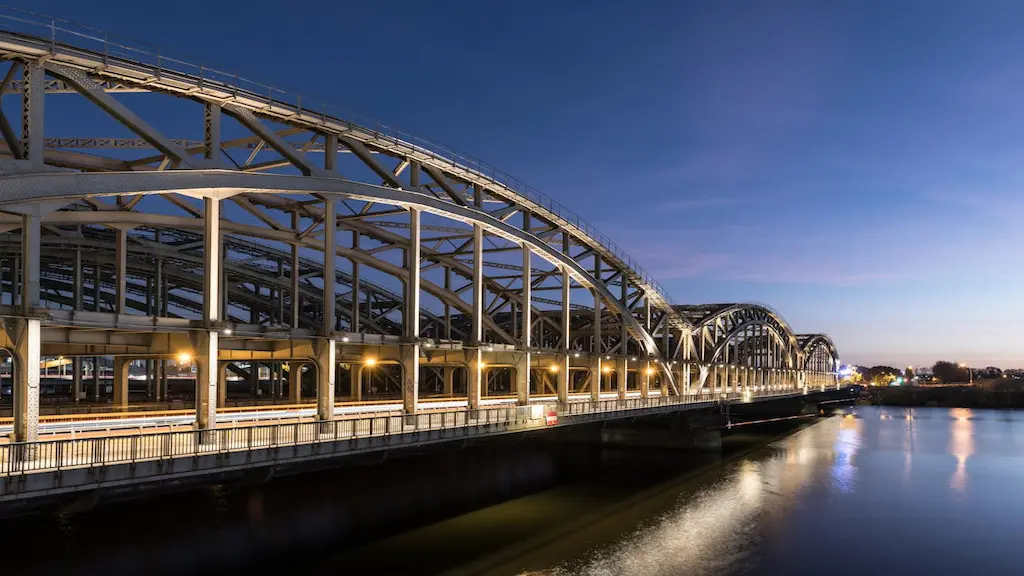Robotic Steel Fabrication

Introduction to Robotic Steel Fabrication Technology
Robotic steel fabrication represents a significant technological advancement in the construction industry, utilizing automated machinery and robotic systems to manufacture steel components with exceptional precision and efficiency. Traditional steel fabrication processes involve manual cutting, welding, drilling, and assembling, which can be time-consuming and prone to human error. Robotics automates these repetitive and complex tasks, leading to improved accuracy, faster production times, and consistent quality.
The integration of robotics in steel fabrication is driven by advancements in computer numerical control (CNC), artificial intelligence, and sensor technologies. Robots can operate continuously with minimal supervision, reducing labor costs and increasing safety by limiting worker exposure to hazardous environments. These systems can handle complex geometries and customized components, making them ideal for modern architectural and industrial projects requiring high precision and scalability.
Applications of Robotics in Steel Fabrication
Robotic technologies are widely applied throughout various stages of steel fabrication. Cutting robots use laser or plasma technologies controlled by computer programs to produce precise steel parts with clean edges, reducing material waste. Automated welding robots ensure consistent, high-quality welds with minimal defects, enhancing structural integrity and durability.
Robots also perform drilling, assembling, and painting tasks, streamlining workflows and minimizing turnaround times. In large-scale projects like bridge construction, high-rise buildings, and industrial plants, robotic fabrication enables rapid production of standardized and custom steel components, accelerating project timelines.
Moreover, robotics facilitates modular construction by producing prefabricated steel modules with tight tolerances, allowing efficient on-site assembly. This integration supports just-in-time manufacturing and delivery, reducing inventory costs and site congestion.
Benefits of Robotic Steel Fabrication
The adoption of robotic steel fabrication brings multiple benefits to the construction and manufacturing sectors. Enhanced precision ensures steel components meet stringent design specifications, reducing rework and improving overall structural performance. Consistent quality control throughout the fabrication process minimizes defects and extends the lifespan of steel structures.
Labor cost reductions result from automating labor-intensive tasks, addressing workforce shortages and improving productivity. Safety is significantly improved by reducing human involvement in hazardous operations such as heavy lifting, welding fumes, and repetitive motions, decreasing workplace accidents.
Additionally, robotics enables scalability and flexibility, allowing manufacturers to adapt quickly to changing project requirements and custom orders. The data generated by robotic systems supports continuous process improvement and predictive maintenance, enhancing operational efficiency and reducing downtime.
Challenges and Future Trends in Robotic Steel Fabrication
Despite the clear advantages, robotic steel fabrication faces challenges including high initial investment costs, complex system integration, and the need for skilled operators and programmers. Small fabrication shops may find it difficult to adopt robotics due to budget constraints and technical expertise requirements.
Maintaining compatibility between various robotic platforms and traditional fabrication methods can be complicated, requiring seamless software and hardware integration. Cybersecurity concerns are also emerging as fabrication plants become more connected and data-driven.
Future trends point toward increased use of artificial intelligence and machine learning to optimize robotic processes, enabling autonomous decision-making and adaptive manufacturing. Collaborative robots (cobots) designed to work safely alongside human operators will enhance flexibility and productivity.
Integration with Building Information Modeling (BIM) and Industry 4.0 technologies will provide real-time monitoring and coordination across the construction supply chain, driving smarter, faster, and more sustainable steel fabrication.





